My Sous Vide Experiment (4) Boiled Eggs
Undoubtedly, like most users who just got a Shuwei cooking machine, my first experiment was boiled eggs. When it comes to boiled eggs, you must also refer to the famous "Egg Chart" below. Mr. David Arnold, who designed this chart and has the same name as my former boss, is the culinary technology director of the International Culinary Center in New York. In order to pursue a good boiled egg, he has done hundreds of experiments and finally through this egg chart To summarize the appearance of boiled eggs cooked at various temperatures.
|
Types of poached eggs cooked at various temperatures (Source: dimityjones.com ) |
Most western chefs prefer to boil eggs at 62.5 degrees. The boiled eggs are about as cooked as Egg Benedict, with the yolk and white just beginning to coagulate. But I personally don't like boiled eggs with undercooked egg whites, so I decided to follow the 68-degree eggs in the picture above to follow the table for the first time.
First, prepare the eggs. If you like more cooked egg whites like me, you may also use the nail on the left of the lower right egg cutter to pierce a hole in the egg shell to avoid cracking the egg shell, and the cooked egg white will not have an inside Cavities created by air bubbles.
Anova's graphically intuitive touch interface is simple, with the main screen at the top left. First press "Set Temp", the screen will display a number box on the upper right, each time the number is pressed, it will jump forward. Press the tens digit to 6, the ones digit to 8, and then press the tick to return to the main screen. Next, press "Set Time" to jump to the lower left screen: the 2 digital squares on the left are hours, and the right is minutes (in units of 5 minutes), so I press 1 on the second square, which means 1 hour of cooking time . After pressing the tick to return to the main screen, press "Start" again, Shu Wei will start up, and the LCD screen will jump to the screen showing the current temperature and remaining time in the lower right corner.
After setting a cooking time of 1 hour, you can then do your own thing. When the time is up, the machine will beep and power off automatically. But because the water temperature will not drop immediately, in order to avoid overcooking, you should remove the eggs immediately, or immediately add cold water (or ice water, the eggshell will be easier to peel) to reduce the temperature of the eggs. The boiled eggs are shown in the picture below. The protein seems to be less formed than the egg picture above. Only then did I realize that I made a mistake: the 1-hour cooking time should be to heat the water to 68 degrees before adding the eggs, instead of putting the eggs in room temperature water and then heating for 1 hour.
But although it still looks like a foreigner, I still prefer to eat soft-boiled eggs with Japanese ramen, so I googled the practice on the Internet to experiment. After cooking in sous vide at 87.7 degrees for 10 minutes, cold-soak in 3 parts of water, 1 part of Japanese soy sauce and 1 part of mirin for 2-3 days to get the soft-boiled egg shown in the picture below. Hmm! It really tastes like a ramen shop...
In the next article, I will introduce my steak experiment to you.
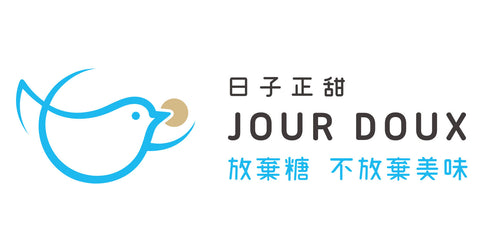
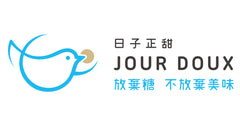
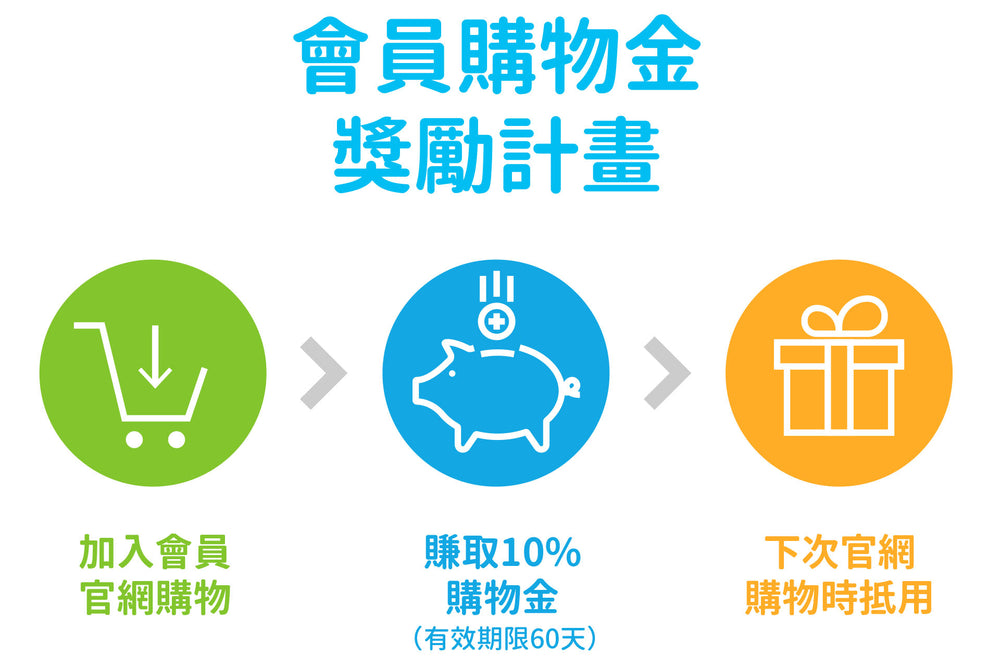






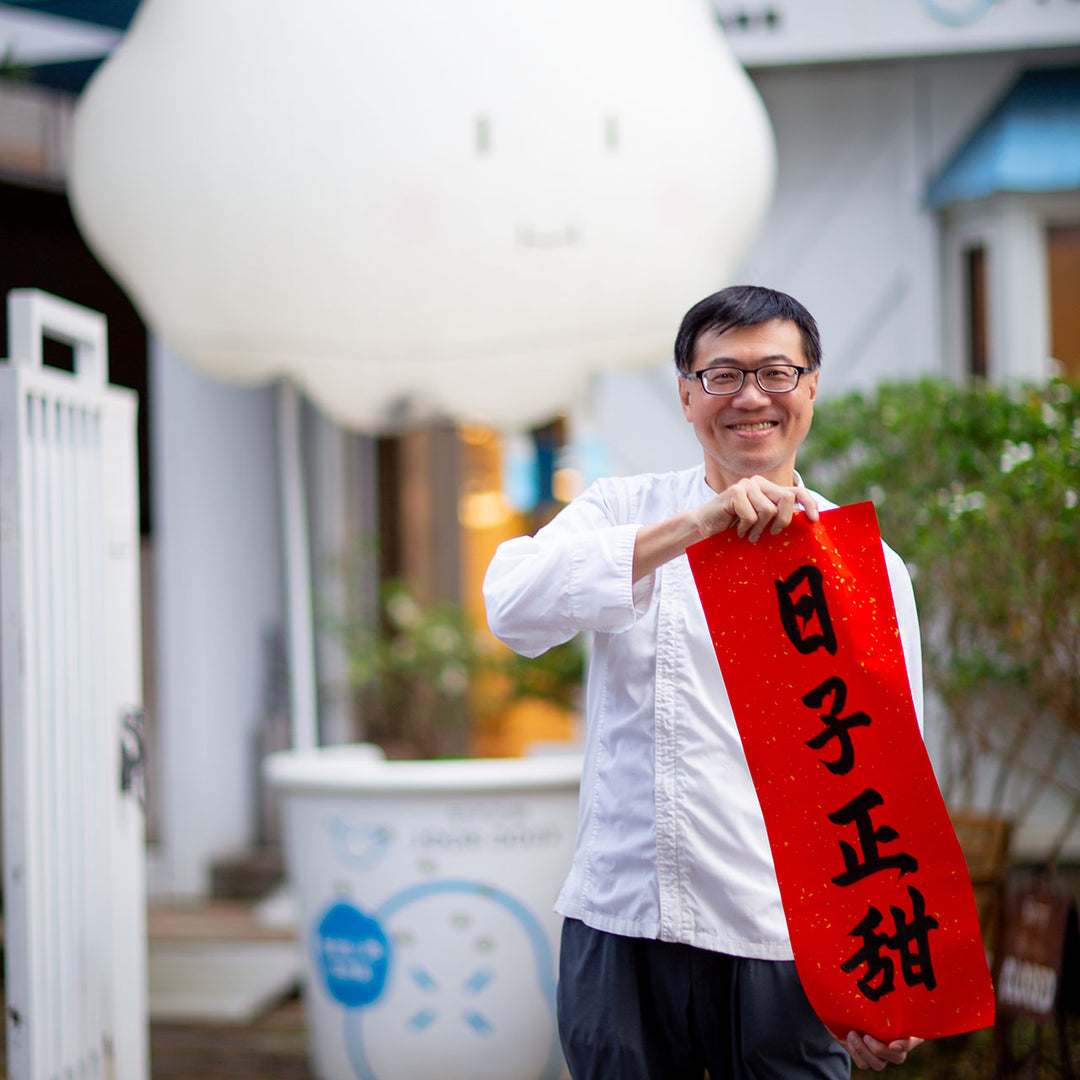


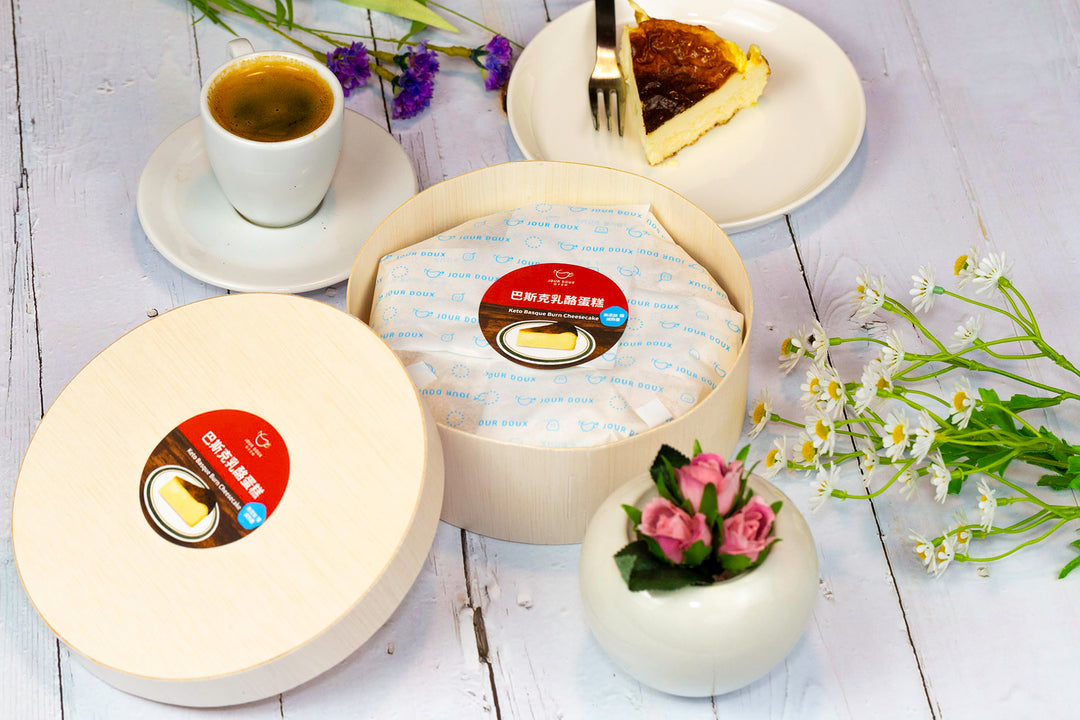
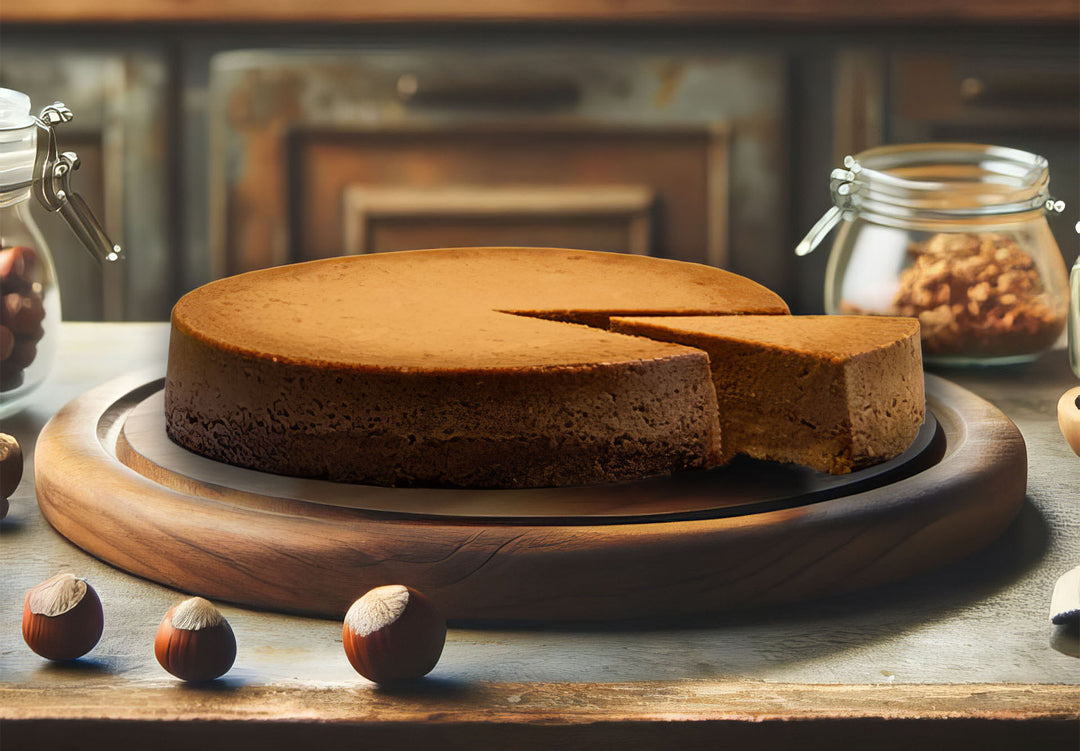
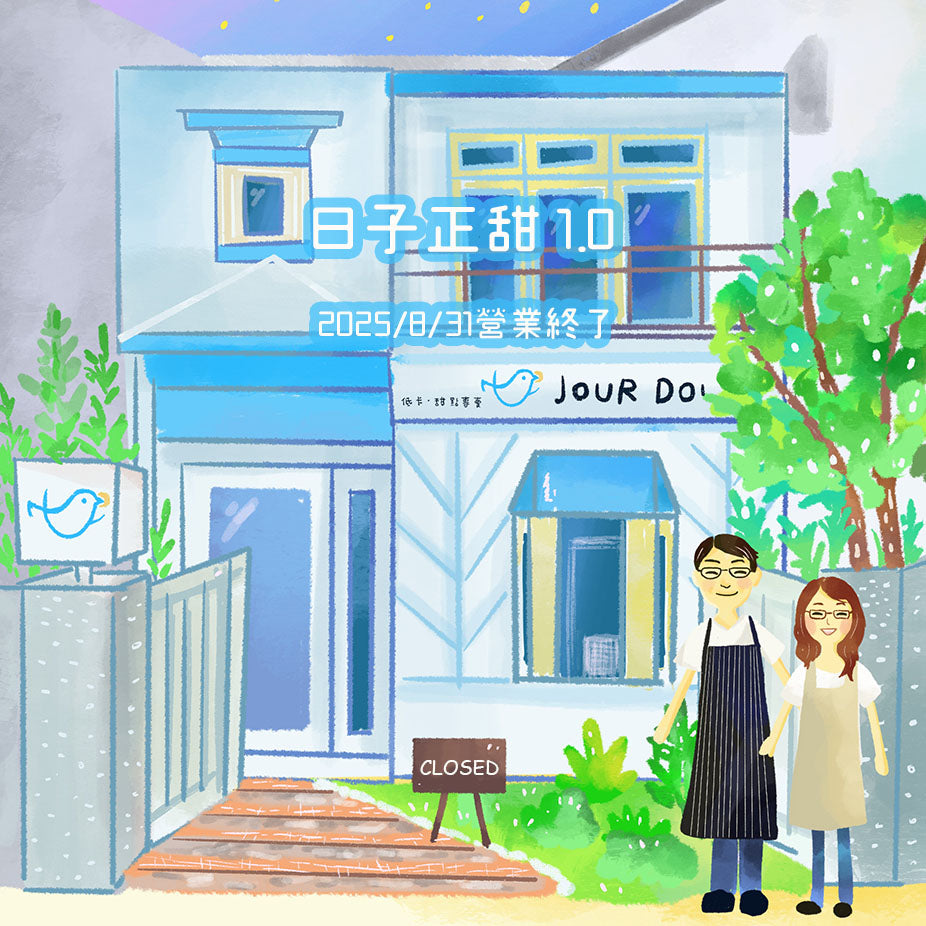
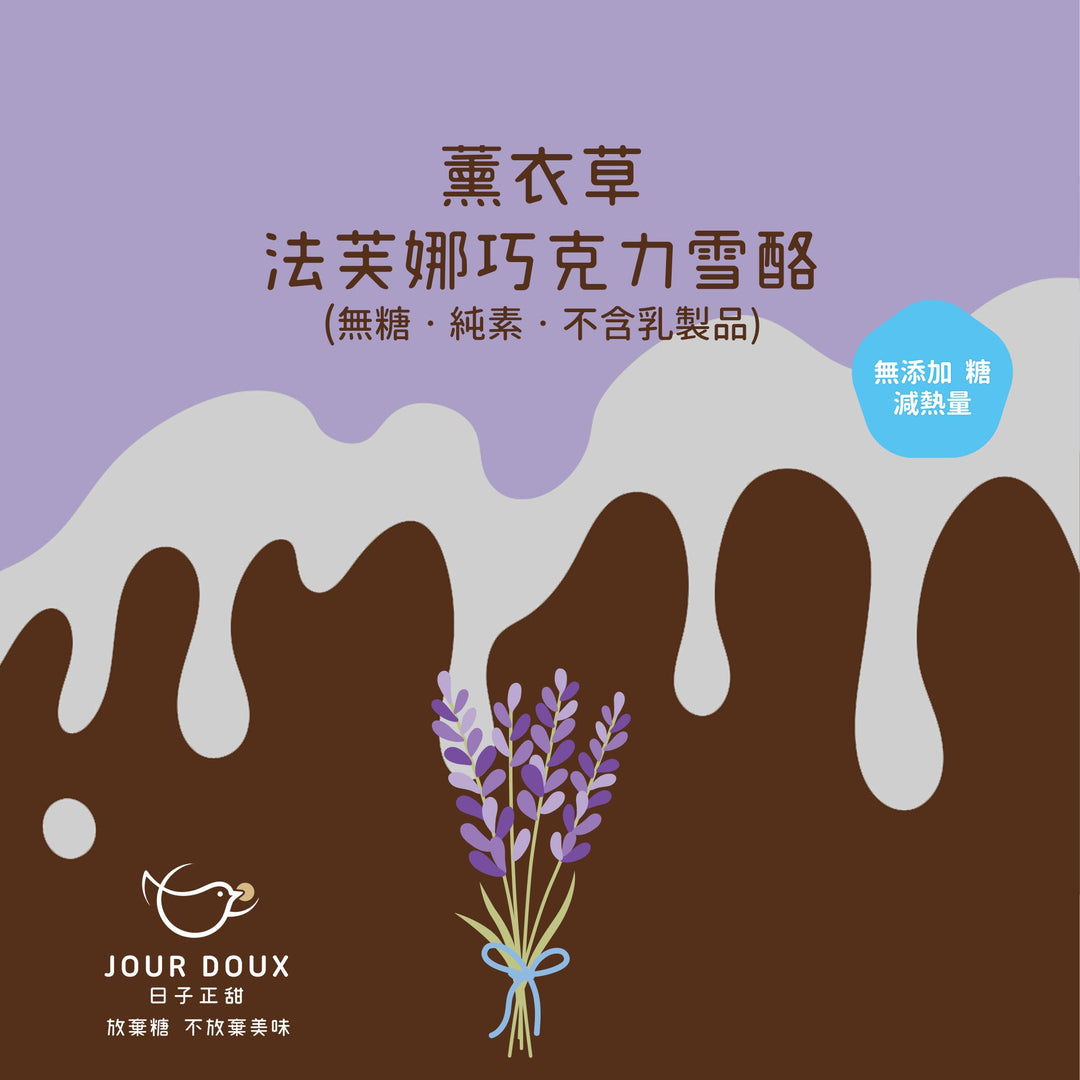
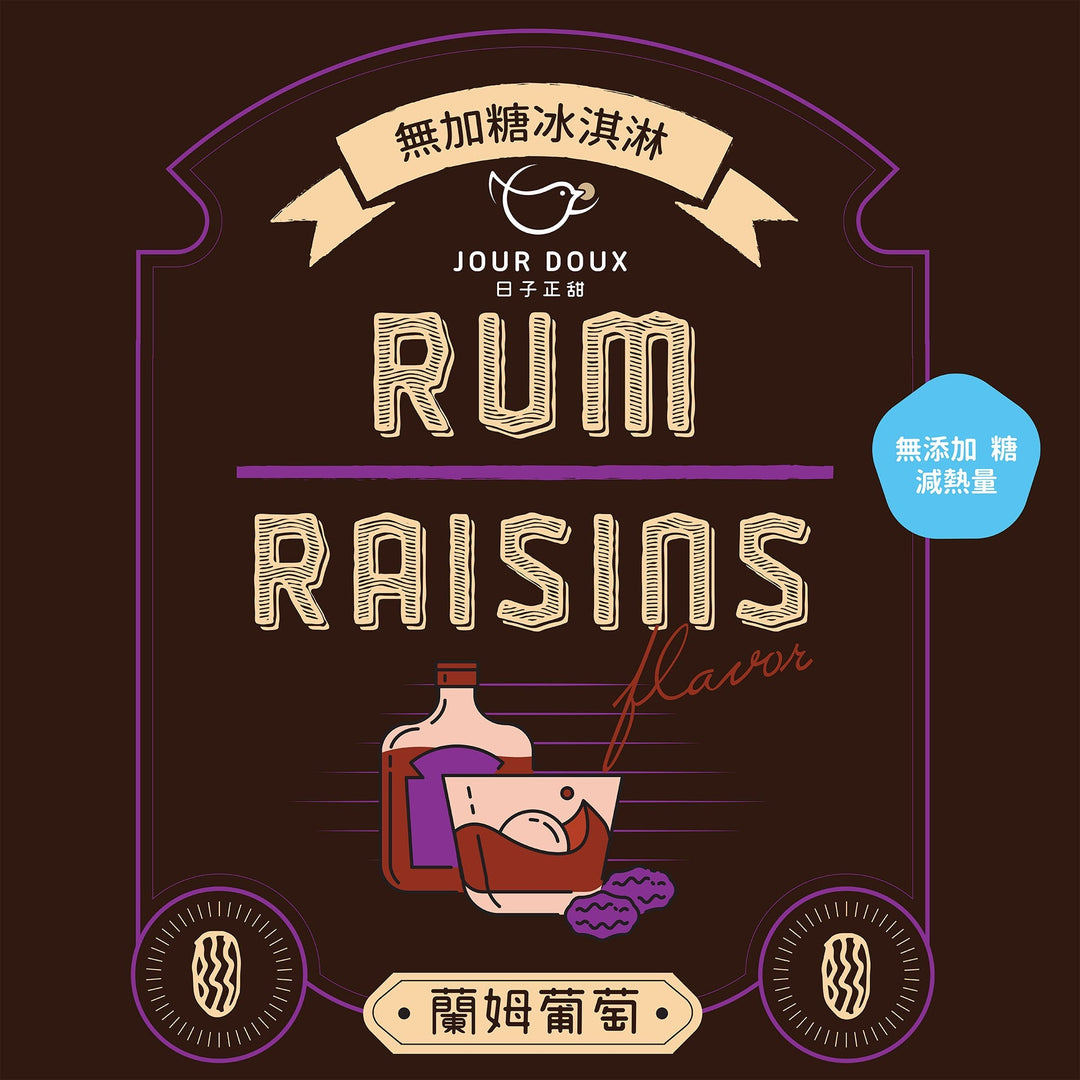
Leave a comment